Regulatory Support
Regulatory bodies are increasingly recognizing the importance of combating counterfeit drugs, which is propelling the Counterfeit Drug Detection Device Market forward. Governments and health organizations are implementing stringent regulations and guidelines to ensure the safety and efficacy of pharmaceuticals. For example, the introduction of the Drug Supply Chain Security Act in certain regions mandates the use of advanced tracking and verification systems. This regulatory support not only encourages manufacturers to invest in detection technologies but also fosters consumer confidence in the pharmaceutical supply chain. As a result, the market is expected to witness a steady increase in demand for detection devices, with a projected market size reaching several billion dollars by 2030.
Increased Awareness
There is a growing awareness among consumers and healthcare professionals regarding the dangers posed by counterfeit drugs, which is driving the Counterfeit Drug Detection Device Market. Educational campaigns and initiatives by health organizations are informing the public about the risks associated with counterfeit medications, leading to a heightened demand for reliable detection devices. This awareness is particularly pronounced in regions where counterfeit drugs are prevalent, prompting stakeholders to seek effective solutions. As a result, the market is likely to expand, with estimates suggesting a potential increase in device sales by over 15% in the coming years, as more entities recognize the necessity of implementing detection systems.
Technological Advancements
The Counterfeit Drug Detection Device Market is experiencing a surge in technological advancements that enhance the efficacy of detection devices. Innovations such as spectroscopy, artificial intelligence, and blockchain technology are being integrated into detection systems, allowing for more accurate and rapid identification of counterfeit drugs. For instance, the use of near-infrared spectroscopy has shown a potential to reduce false positives significantly. As these technologies evolve, they are likely to improve the reliability of detection devices, thereby increasing their adoption across various sectors, including pharmacies and hospitals. The market is projected to grow at a compound annual growth rate (CAGR) of approximately 10% over the next five years, driven by these advancements.
Partnerships and Collaborations
Strategic partnerships and collaborations among stakeholders in the pharmaceutical and technology sectors are fostering innovation within the Counterfeit Drug Detection Device Market. Companies are increasingly joining forces to develop advanced detection solutions that leverage each other's expertise. For instance, collaborations between pharmaceutical manufacturers and technology firms are leading to the creation of integrated systems that enhance the detection process. These partnerships not only accelerate product development but also expand market reach, as combined resources allow for more comprehensive solutions. The market is likely to benefit from this trend, with projections indicating a potential increase in market share for collaborative products in the next few years.
Rising Incidence of Counterfeit Drugs
The alarming rise in the incidence of counterfeit drugs is a critical driver for the Counterfeit Drug Detection Device Market. Reports indicate that counterfeit medications account for a significant percentage of the global drug supply, particularly in developing regions. This situation has led to increased fatalities and health complications, prompting governments and organizations to take action. The demand for detection devices is expected to surge as stakeholders seek to mitigate these risks. Market analysts predict that the industry could see a growth rate of around 12% annually, as the urgency to combat counterfeit drugs becomes more pronounced.


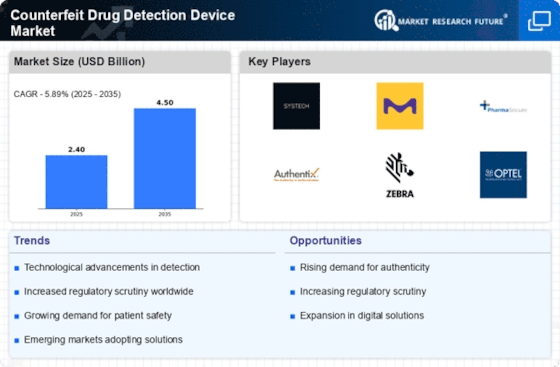
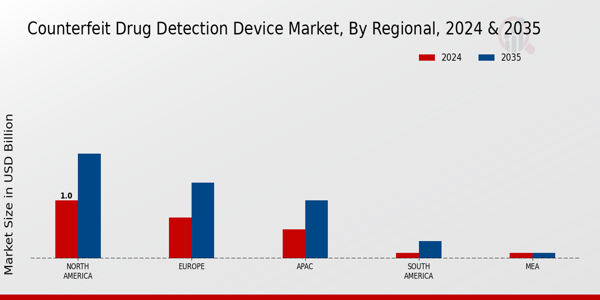
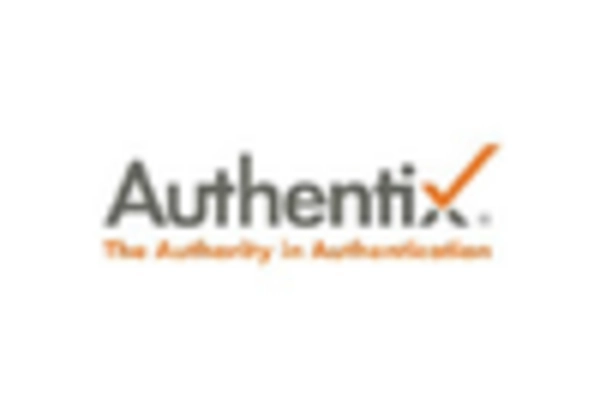

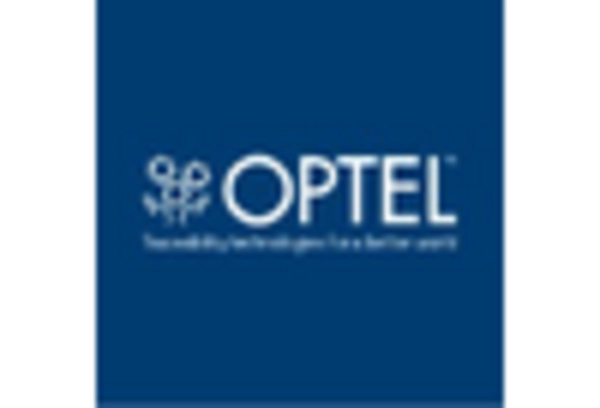
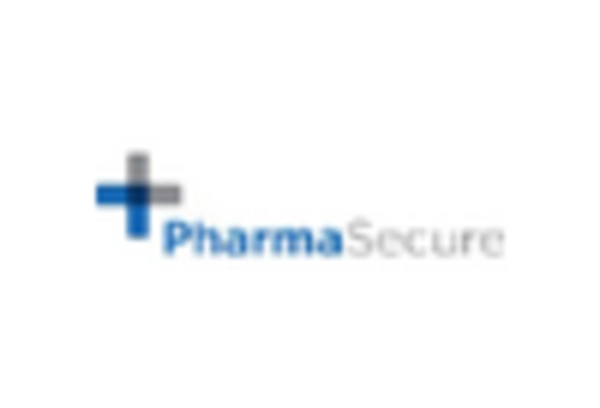










Leave a Comment